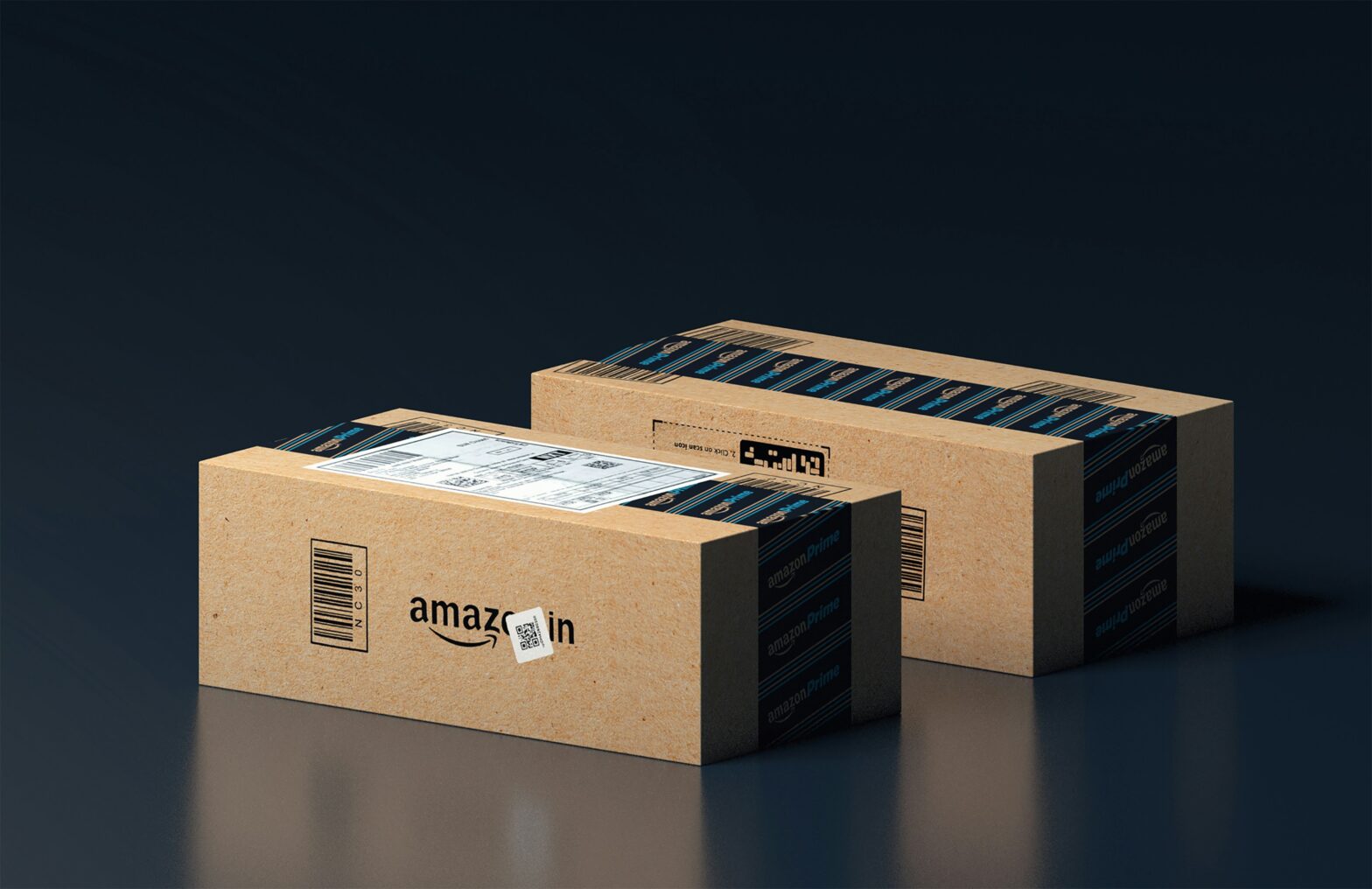This week we’re preparing for Adobe Summit which is happening in Las Vegas and virtually March 26-28. The conference is a premier marketing and digital commerce gathering for marketing executives, Adobe product experts, and leadership. It brings in a huge ecosystem of consultants, agencies, technology partners and customers that use the entire Adobe product suite.
As a solution partner in the Adobe ecosystem, we focus our work within the commerce component of the enterprise suite. Adobe Commerce, formerly Magento Commerce, is a flexible e-commerce platform that provides merchants with powerful tools to create customized shopping experiences. With its robust merchandising, marketing, and order management features, Adobe Commerce enables retailers to tailor product recommendations, promotions, pricing, and more to individual customers.
Implementing personalization is key for retailers looking to stand out in a crowded market and foster strong customer loyalty. With online shopping today, consumers expect a personalized experience that reflects their preferences and past purchases. Adobe Commerce does just that, delivering personalized experiences across channels by leveraging customer data, real-time insights, and supporting technology. Read on to learn how you can leverage Adobe Commerce to help reach your business goals.
Gathering Shopper Data
The first step in personalizing the shopping experience is gathering data about customers and their behavior. Adobe Commerce enables retailers to collect three main types of data:
Transactional Data
As customers browse products, add items to their cart, and complete purchases, Adobe Commerce stores this transactional data. This provides insight into purchase history, preferred payment methods, frequently purchased categories, order frequency, average order value, and more. Analyzing this data reveals patterns that can be used to tailor promotions and recommendations to customers.
Website Interaction Data
Adobe Commerce also tracks how shoppers interact with a retailer’s website. This includes product views, items added to wish lists or registries, shopping cart abandonment, pages visited, and search terms used. By connecting this data to individual customer profiles, retailers can gain an in-depth understanding of customer interests and preferences.
Segmentation Data
Detailed customer segmentation is key for personalization. Adobe Commerce enables retailers to define customer segments based on data points such as location, past purchase history, age range, interests, and more. Specific promotions, pricing, recommendations, and messaging can then be tailored for each segment.
Building Personalized Experiences
With shopper data collected and segmented, Adobe Commerce provides a robust set of tools to act on these insights. Retailers can deliver personalized experiences across key touch points:
- Targeted Recommendations – Product recommendations are one of the most powerful personalization tools. Based on interests and purchase history, Adobe Commerce automatically displays relevant products to each shopper throughout their journey. Recommendations can be shown on product pages, search results, home pages, and category pages.
- Individualized Promotions – Adobe Commerce enables sending customers personalized promotions based on their preferences and behaviors. For example, lapsed customers who have yet to make a purchase recently may receive incentives to re-engage them. Big spenders and loyal customers can receive special perks and discounts.
- Segmented Content – Beyond products and offers, content itself can also be personalized. Adobe Commerce allows displaying different banners, videos, and messaging to customer groups aligned to their interests. Personalized content keeps shoppers engaged and interacting with relevant areas of the site.
- Predictive Emails – Email is another important personalization channel. Retailers can leverage Adobe Commerce customer data to power predictive email capabilities and send customized messaging on an individual basis via built-in integration with Adobe Campaign.
- Tailored Pricing – For retailers willing to implement more advanced tactics, Adobe Commerce also provides functionality for personalized pricing. Key customer segments can be shown different product prices aligned to their purchase history and predicted willingness to pay.
Supporting Technology
Several supporting technology capabilities help power personalization with Adobe Commerce. E-commerce merchants should understand these technology capabilities of the platform because they can be leveraged to increase both the quality of the customer experience and the administrative efficiency for the merchant.
- Single Customer View – Creating a single view of the customer across interaction channels is essential for personalization. Adobe Commerce builds a single profile pulling data from the website, mobile apps, in-store purchases, call center interactions, and more. This profile fuels individualized experiences.
- AI and Machine Learning – Artificial intelligence and machine learning algorithms help uncover insights from customer data. As shoppers interact with the site, Adobe Sensei automatically adjusts promotions, recommendations, and search results to align with changing interests. This true real-time personalization keeps customers engaged.
- Testing and Optimization – Adobe Commerce includes robust testing and optimization functionality to measure the performance of personalization campaigns. Retailers can A/B test promotional messaging, recommendation algorithms, pricing tactics, and more. The platform automatically reports key metrics like conversion rate and revenue per visitor to quantify ROI.
Personalization in Action
When leveraged effectively, Adobe Commerce’s personalization capabilities transform the shopping experience and customer relationship. Enhanced Discovery is one aspect of this – shoppers who feel a retailer understands their preferences discover new products they love but may have missed. Discovery drives higher engagement, basket size, and order frequency. There are other key benefits as well:
Deeper Loyalty & Improved Retention
Customers feel valued when a store provides personalized perks and incentives. This fosters brand affinity and long-term loyalty that stands out amid retail competition.
Personalized experiences delight customers and keep them coming back. By tailoring promotions and outreach to customer interests, retailers re-engage at-risk customers to prevent churn.
Maximized Lifetime Value
Ultimately, personalized shopping experiences maximize the profitability retailers generate from a customer over their lifetime. Shoppers spend more, buy more frequently, and remain customers longer.
Creating personalized shopping experiences is no longer a nice-to-have capability – it’s table stakes for retailers looking to acquire and retain customers in a competitive market. Adobe Commerce’s robust feature set empowers merchants to gather in-depth shopper data and act on insights in real time across channels. Leveraging personalized recommendations, promotions, content, pricing, and more transforms the shopping journey from transactional to experiential. Customers feel valued and retailers see material business impact through improved conversion, revenue growth, advocacy, and loyalty. With consumers demanding more tailored engagement, Adobe Commerce provides advanced commerce technology making personalization achievable for retailers of all sizes.
If you want to learn more on Adobe Commerce, reach out to Wass Digital – we’re Adobe Commerce partners and intricately understand the platform!


